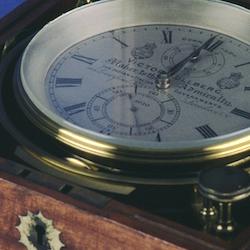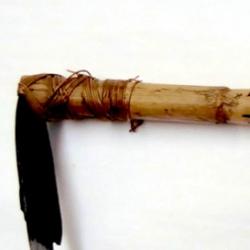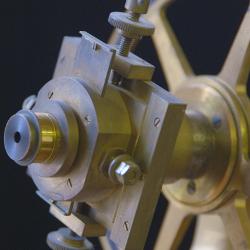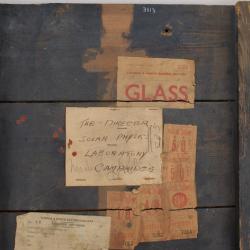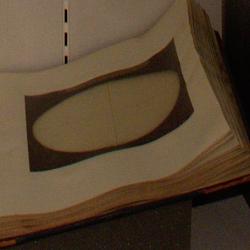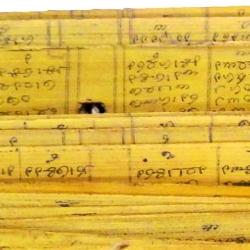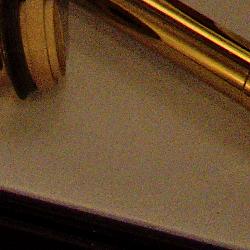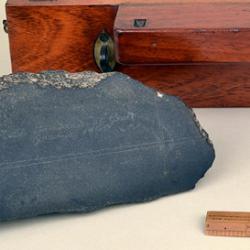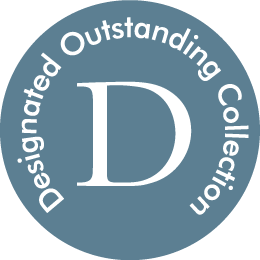Using the rich collections of the Whipple Museum and the University of Cambridge Institute of Astronomy, the articles in this section explore this tangled history of astronomical science and colonial encounter, from the time of Cook through to the breakup of the British Empire. They consider the instruments, tools, and practices of those sent around the globe to observe, navigate, survey, and chart on behalf of imperial interests. And they examine the use, appropriation, and exchange of diverse materials on both sides of the imperial encounter.
This Explore section is based on the exhibition Astronomy & Empire, which ran from Autumn 2017 to Summer 2019 in the Museum’s Special Exhibitions Gallery.

